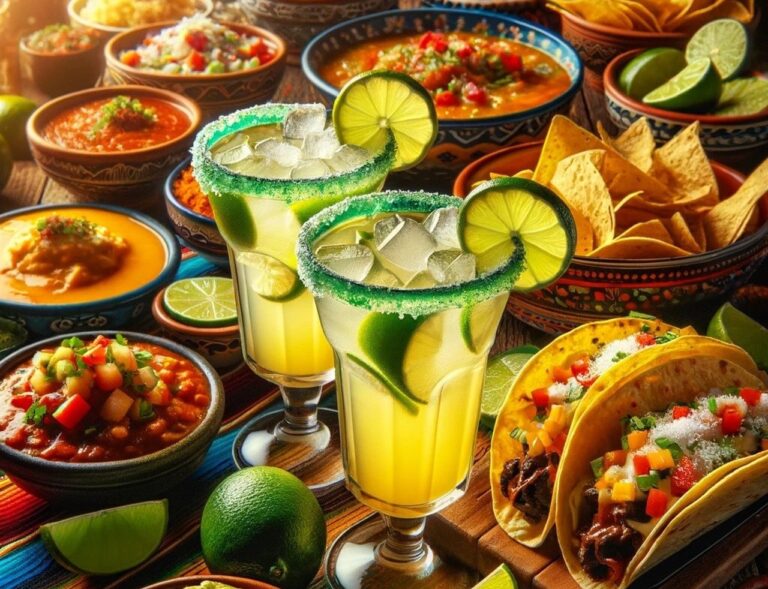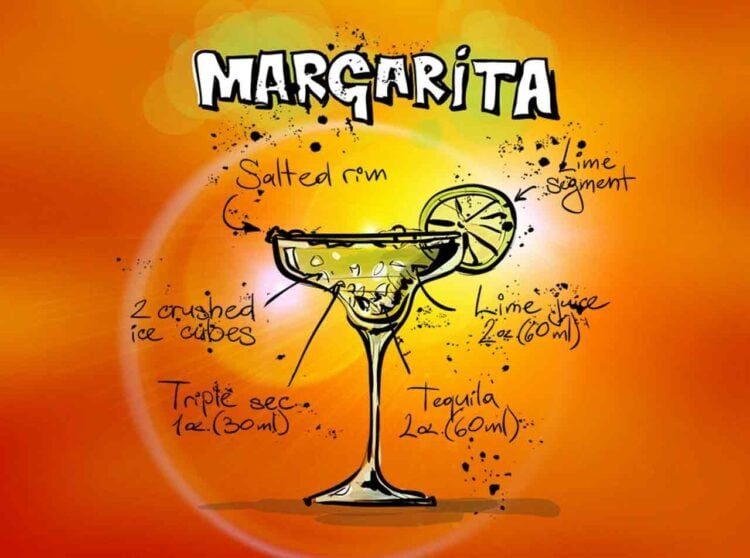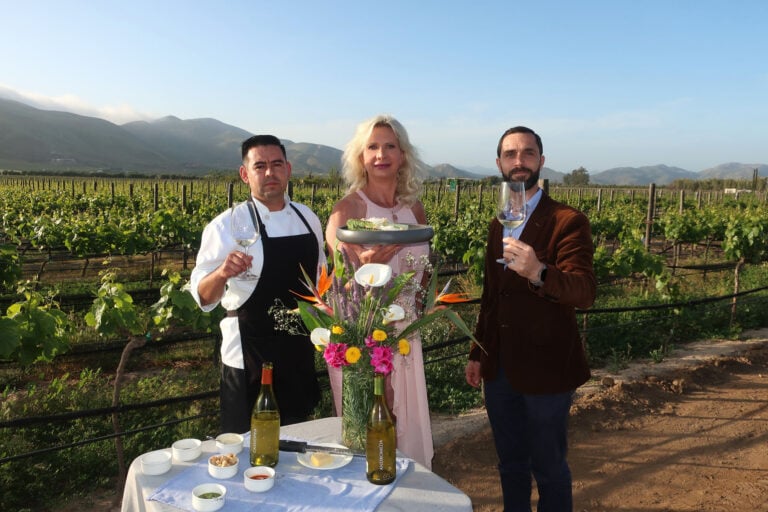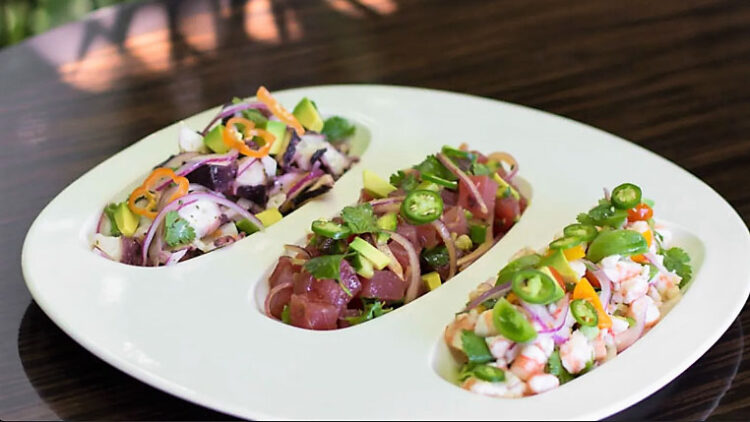Wine of the Week: La Stoppa, Ageno, Bianco 2019 | Emilia-Romagna, Italy
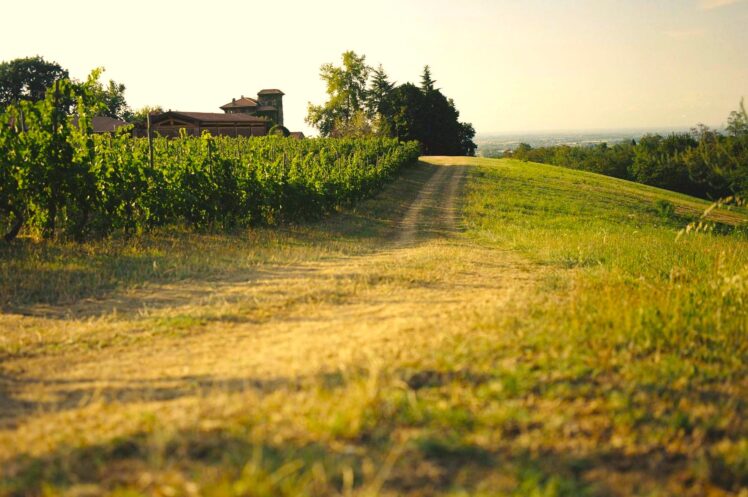
What is Orange Wine? | July 17, 2023
> ABOUT ORANGE WINE
It might sound strange but — white wine made like red wine — is the easiest way of explaining orange wine. A crucial part of making red wine is the maceration of the skins and seeds in the juice of the red grapes. To make white wine, grapes are pressed right away and only the juice ferments, without skins or seeds. Orange wine is in between, it’s a white wine fermented on the skins which are rich in phenols and give the wine its orange color, together with a complex and very aromatic bouquet and mouth feel. The nose typically offers aromas of orange peel, nuts, honey, brown apple and wet forest floor. However, it can go the other way too, displaying more citrus and yuzu aromas. The palate shows more structure than the average white wine as well as more tannins coming from the maceration of skins and seeds. The longer this maceration, the more structure and deeper the orange color will be.
There are no specific regions in the world to make orange wine. Most classic schooled wine makers will shy away from making them; you will most likely find them from producers who like to do their own thing without having to follow to many rules. Look for smaller wineries in Northern Italy, France, Slovenia and Northern Spain.
Orange wines can perfectly be matched with food. The younger, fruity wines can be drunk as an apéritif matched with some rillettes, coppa or lomo curado. More complex and evolved orange wines work wonderfully with cheeses such as Comté or blue cheese. Orange wine will also work well with risotto with mushrooms, grilled fish, curry dishes and other Asian cuisine dishes.
> ABOUT THE WINERY
La Stoppa is an historic estate in the province of Piacenza in the Emilia region of Italy. There are 32 hectares of vines, along with almost as much forest, plus the ruins of a medieval tower. The property was founded and planted first in the late 19th century by a lawyer named Giancarlo Ageno, whose main interest was Bordeaux varietals. In 1973, current owner Elena Pantaleoni’s printer father, with no winegrowing experience, purchased the property; Elena joined him to work at the winery full-time in 1991. By 1996, a decision was made to let the non-native varietals like Chardonnay, Sauvignon Blanc, Tokay, Pinot Gris, Grechetto and Pinot Noir go, as they were not suited for the warm climate and clay soils of the area. They were replaced with local grapes Barbera, Bonarda, Ortrugo, Trebbiano and Malvasia (with Bordeaux varietals remaining until 2005, when those too were replaced).
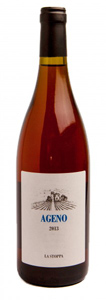
Origin: Emilia, Italy
Varietals: 90% Malvasia, 10% Ortrugo and Trebbiano
Sustainability: sustainable, organic farming
Suggested retail price: $49.00
ABV: 13%
The wine underwent fermentation with maceration on the skins for 30 days, using only indigenous yeast. It was bottled without clarification or filtration and without the addition of sulfur dioxide. The wine was aged for 12 months using oak barrels and stainless steel tanks.
The wine impresses with its deep golden color with orange hues. The nose bursts with aromas of bruised apple, ginger, orange peel and yuzu. The palate displays juicy acidity with a light tannic structure and a long mineral finish.
Suggested food pairings: charcuterie, risotto with mushrooms, stewed white meats, roasted or grilled fish, Asian food, cheeses.
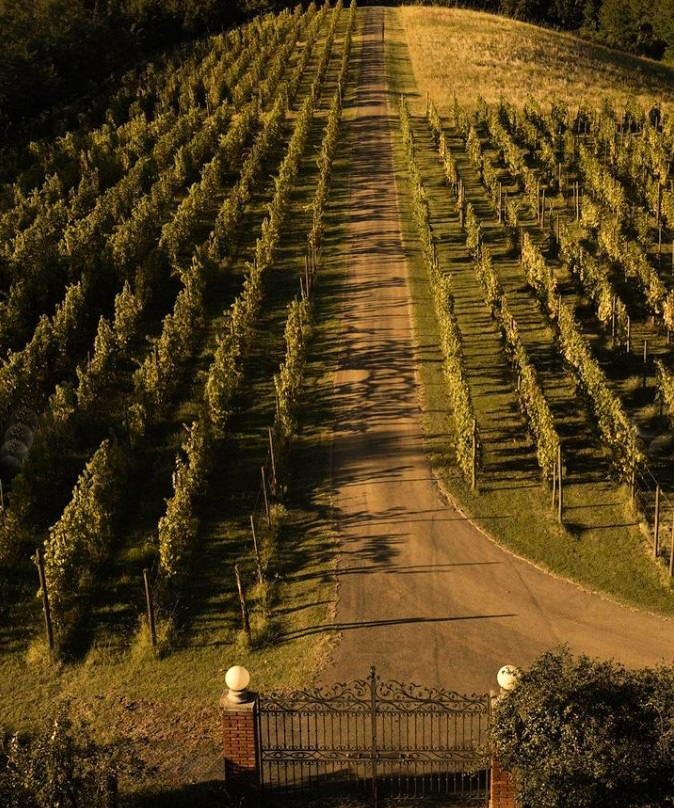
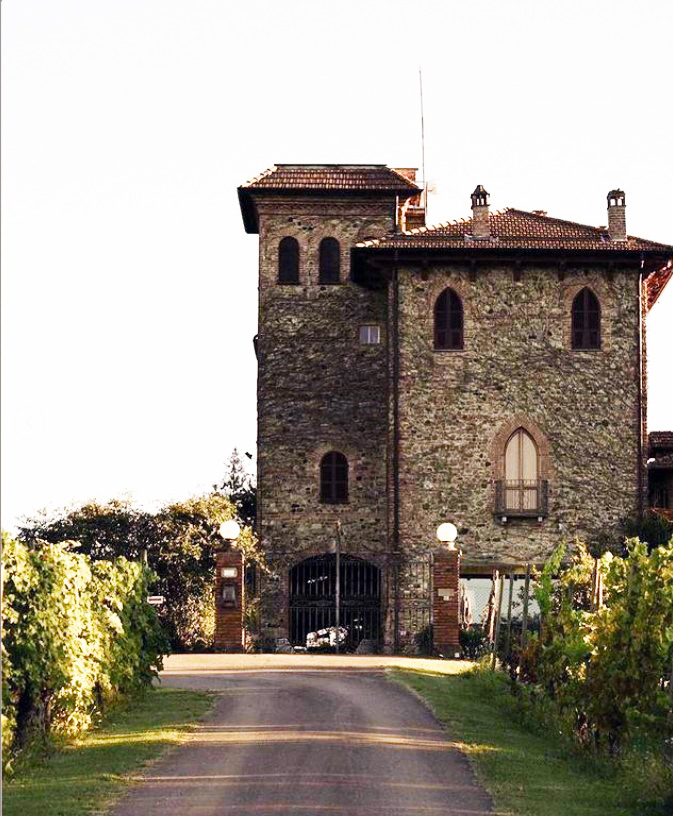
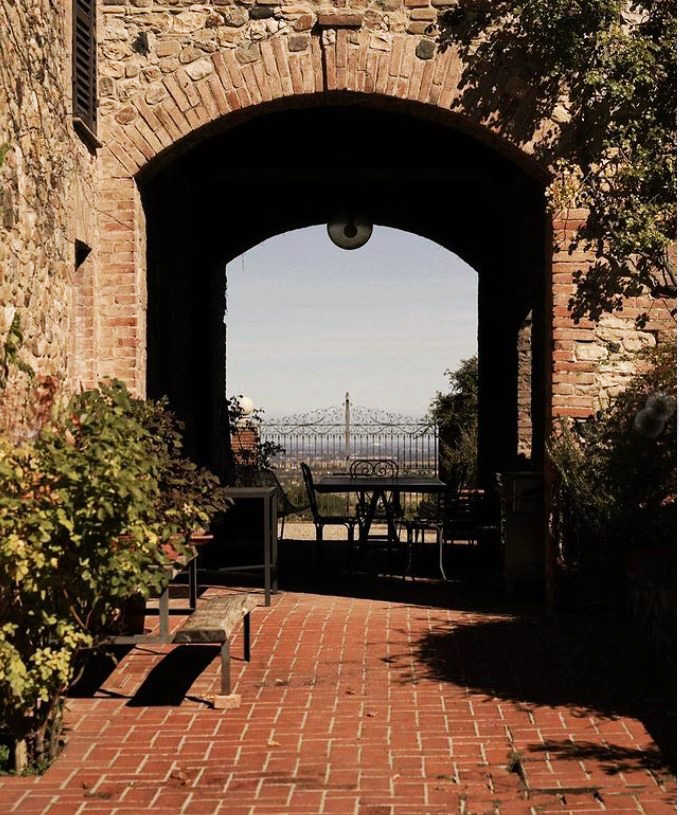
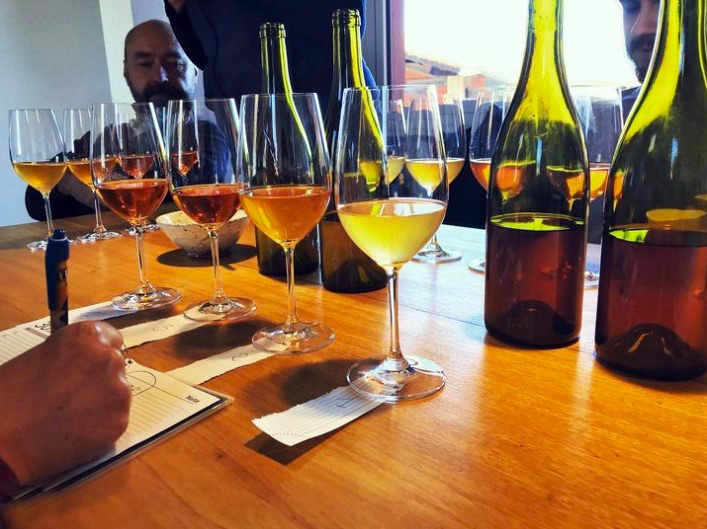
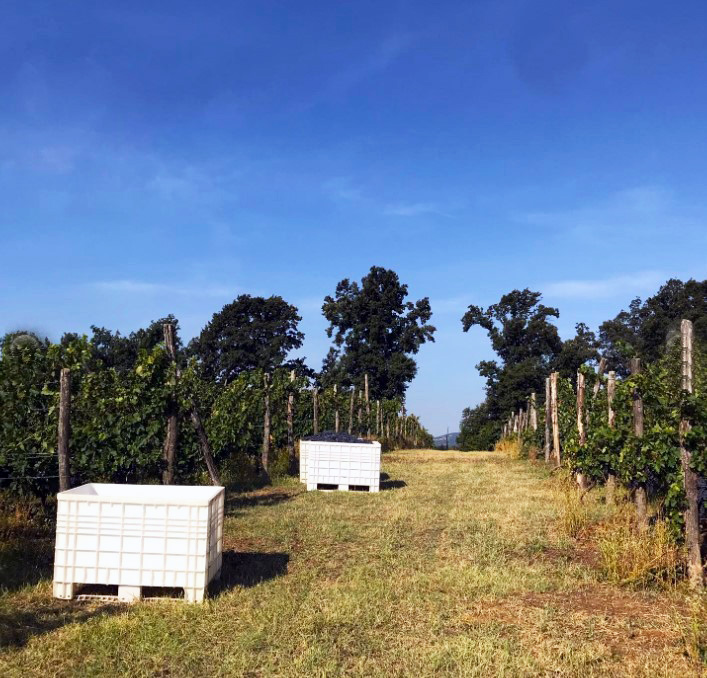
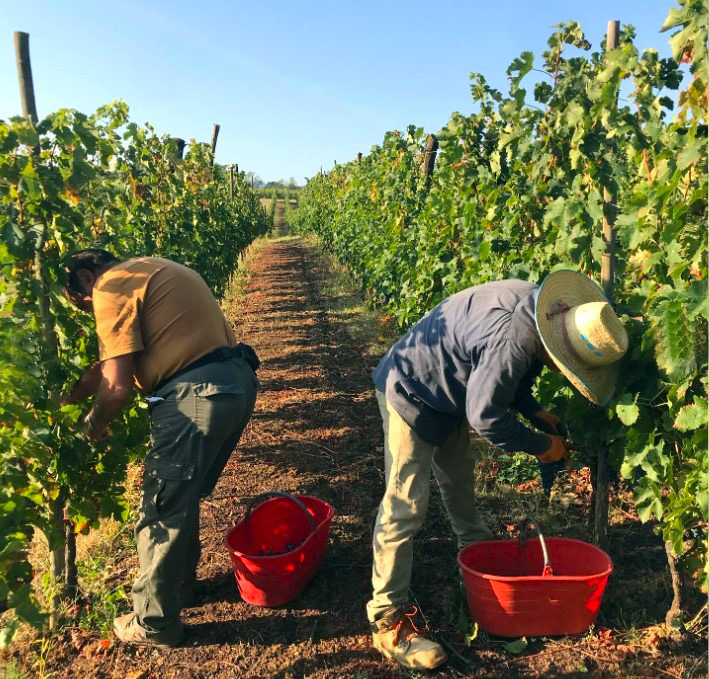
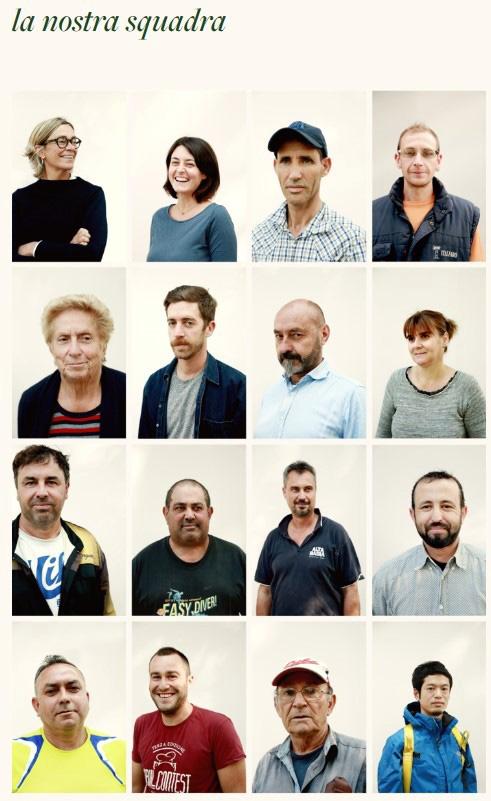
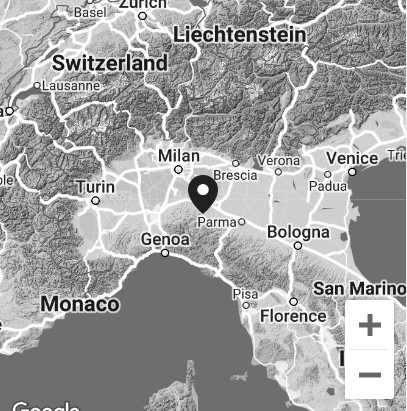
> For more information, visit the La Stoppa official website.
MORE ON GAYOT.COM
• GAYOT’s “Best of” Wine Lists
• Italian Wines
• Health Benefits of Wine

